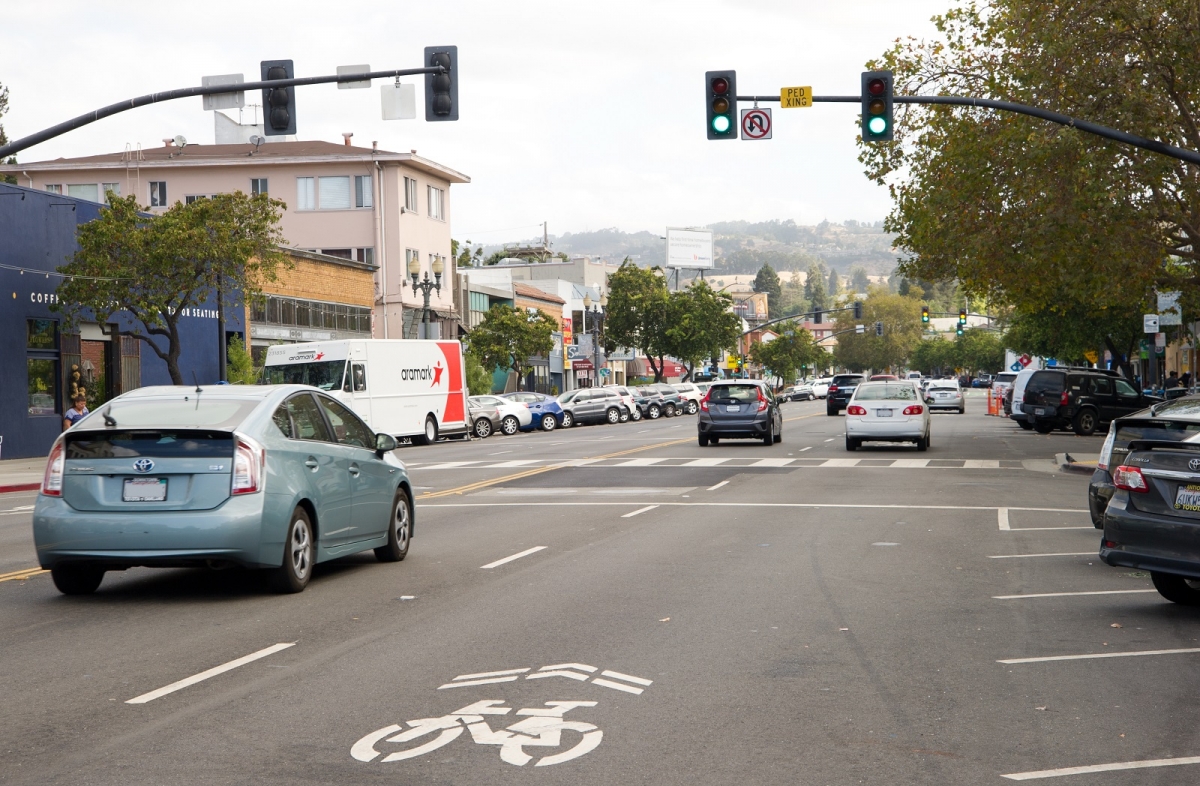Resource Library
Everyone deserves safe and easy access to parks, but not all communities have that opportunity. This infographic highlights the features and steps to creating Safe Routes to Parks.
Key messages and talking points for Safe Routes to School translated into Spanish.
Walk audits are a great tool to engage community members and gather information for community planning and traffic safety projects. But a walk audit is just the first step! This factsheet helps you figure out how to use the results of your walk audit to make your streets safer and more comfortable for people getting around on foot.
Complete Streets policies, together with bicycle and pedestrian plans, are two key tolls used by cities and counties to support community visions and goals for walking and bicycling and health.
Complete Streets policies and bicycle and pedestrian plans are two key tools used by cities and counties to support community visions and goals for health.
We’ve updated our guide to effectively communicating about walking and biking with a new section focused on equity language and framing.
This series of fact sheets offers ideas and examples of strategies to advance equity in every stage of the Safe Routes to Parks Action Framework.
One important way to strengthen your Safe Routes to School program is by passing a Safe Routes to School district policy.
This blog post was written by Sara Zimmerman and Marisa Jones.

Colorful crosswalks. Temporary bike lanes. Playful paths. Creating new green space. These are just a few ways to improve local park access. We just wrapped up work with our first cohort of communities in the Safe Routes to Parks Activating Communities program, which provides individualized consultation, group trainings, and grant funding to nonprofits to improve safe, equitable park access in their communities.
New to Safe Routes to School?
Walk audits are a great tool in creating communities where residents can participate in making their vision of healthy, safe, walkable streets real.
This blog post was written by Haden Kirkpatrick.

This guide will help California communities understand the process of applying to the Active Transportation Program, with our recommendations for how to plan for, draft and submit your application.
In this case study, we explore how economic growth and poor land use planning are contributing to the decline in community health for the Inland Valley, especially for low-income people and communities of color in the region.
Shared use is a tool that property owners can use to fill a need in their community for recreational facilities and increase opportunities for physical activity. This guide covers two types of promotion: promoting your shared use space to program providers and promoting the activities and programs to community members.
When kids walk to school, they improve their health, gain independence and confidence, and arrive at school ready to learn. A Walk to School Day event is a simple starting place for getting students started safely walking to school, and introducing schools, families, and community groups to Safe Routes to School.
In 2015, the American Heart Association in Hampton Roads, Virginia added a new dimension to its annual 5k Heart Walk by inviting participants to take the Grocery Bag Challenge. Participants carried an eight-pound grocery bag for one mile of the walk to raise awareness of the difficulty faced by people without convenient transportation or grocery stores close to home. Participants reported that it was much harder than they expected!

